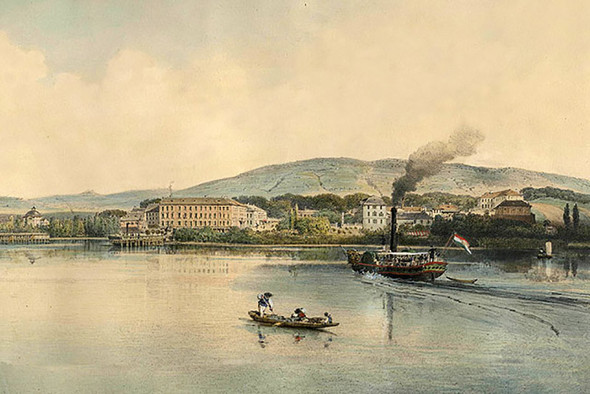If once one looked at the landscape from Papsoka (later called Siske), on the right hand side the Hungarian sea (as the locals call Lake Balaton) relaxed his soul and on the left hand side rolling hills covered with vineyards enticed him to take a rest. Towards the hills, in the valley lay the houses of the village Kék and, on the west, the steeple of the temple in Arács cut into the sky. Departing from here for the lake, soon the traveller, coming from afar, was stared at by people on the main street of the village Magyaré. In the centre of this tiny microcosm a group of houses, called Füred certainly from 1211, shone and has been shining ever brighter over the years passing by.
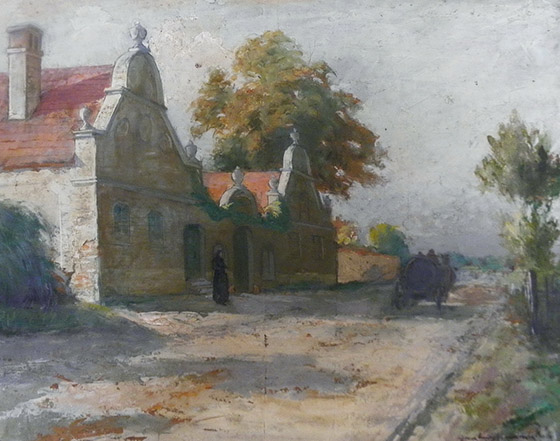
Once upon a time…
Today one would look for the majority of the above settlements on the maps in vain. The houses of Papsoka and Arács were absorbed into the regional gem shining ever brighter, and Magyaré had become part of Arács even sooner. Kék fell victim of the Ottoman era, its name is preserved only in the name of a valley, Kéki-völgy and by some old – almost forgotten – archaeological excavations. On the contrary, Balatonfüred has rapidly begun to grow at the beginning due to its pleasurable Mediterranean-type of microclimate and excellent geographical location and later because of the beneficial health effects of its carbonated mineral water spring. In the Hungarian Reform Era, besides (or rather instead of) visiting expensive holiday resorts abroad, the Hungarian elite made it a point of honour to give preference to Hungarian opportunities, thus Füred quickly became popular. In 1825 ladies and their knights were lucky enough to dance at the first Anna Ball and German was still the official language when in 1831 the first stone theatre of Transdanubia, this wonderful home of the Hungarian language, was opened owing to the invaluable contribution of Sándor Kisfaludy. Of course the said thermal water also played an important role.
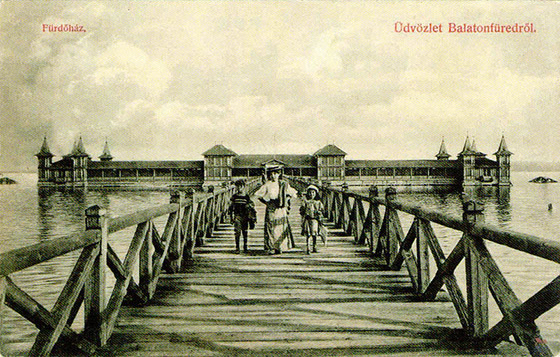
The first bath was opened by Miksa Tenkovits sometime in the 1730s. The already trendy bath was brought to the focus of many people by the year 1926 when the famous Nobel prize winner Hindu poet, Rabindranath Tagore also regained his health here. He says in one of his writings:
I have seen almost all the countries of the world but I saw nowhere such a beautiful harmony of the sky and the water than that I had the privilege to enjoy on the shore of Balatonfured filling my soul with rapture. Although it is the very end of October: I could sit out on the quiet and sunlit balcony and I could work for hours outdoors. The carbonated spring water of Balatonfüred recovered my health and entirely remedied my fatigue. About Hungary, to be honest, only a few know in the world and only those who have never dreamed of such of its values can understand what a revelation the fairy view of Balaton was to me.
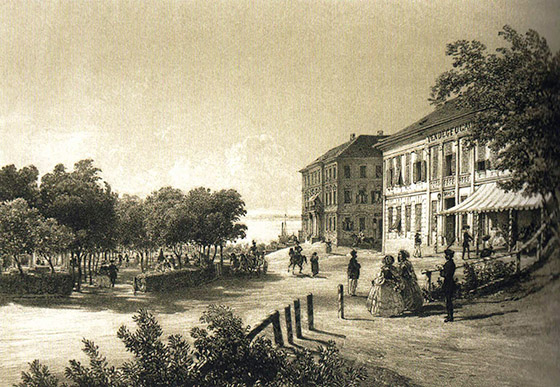
The increasing number of noblemen’s castles and summer houses brought gradually along higher ranking commoners who desired to follow the elite and, driven by the hope of climbing higher on the social ladder, they also built their vacation houses here. Perhaps for another reason, but the geographer Lajos Lóczy, a good friend of Jenő Cholnoky and Aurél Stein, also purchased a house here to recluse in the last years of his life. His works about Balaton and its vicinity and his researches into this region are relevant to date. On his tomb, a pressed edelweiss flower, brought from the Himalayas by his friend and student Aurél Stein, was placed as a farewell.
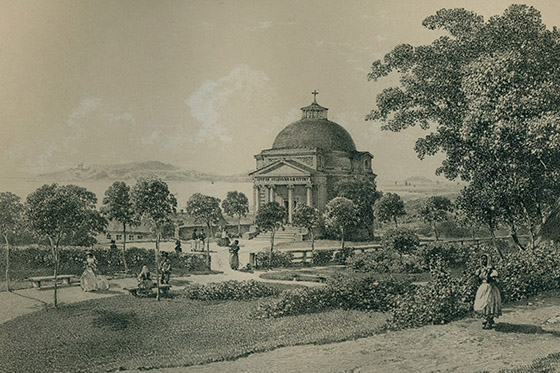
The history of the wine region
Similarly to many other places, wine making on this land has also started with the Romans. Once the chaos following them was over, viticulture was re-established by Christian monks and was then thrown back under the Ottoman era just to have everything, including the grapes climbing towards the top of the hills set back to normal afterwards. Its continental climate free of extremities provides the grapes with a good background and the limestone, dolomite and marlstone hills hosting the vineyards lay the perfect foundations. (Csopak and Tihany are exceptions since the former is known for its sandstone and the latter is the remainder of a volcanic crater, so here vineyards flourish on volcanic tufa.) On the north, Veszprém Plateau protects the plantations from cold winds and the vast volume of water on the south nicely balances the extremities on the one hand and on the other significantly increases sunlight by reflecting it to the vineyards. This wine region had actually been part of the Badacsony wine region until 1959 when it became independent. And as a recognition, Balatonfüred was awarded the title International Town of Grape and Wine in 1987. Contemporary wine makers enjoy more and more success in re-establishing the old reputation of the wine region, finding the best varieties suitable to the area and learning the opportunities offered by the terroir.



